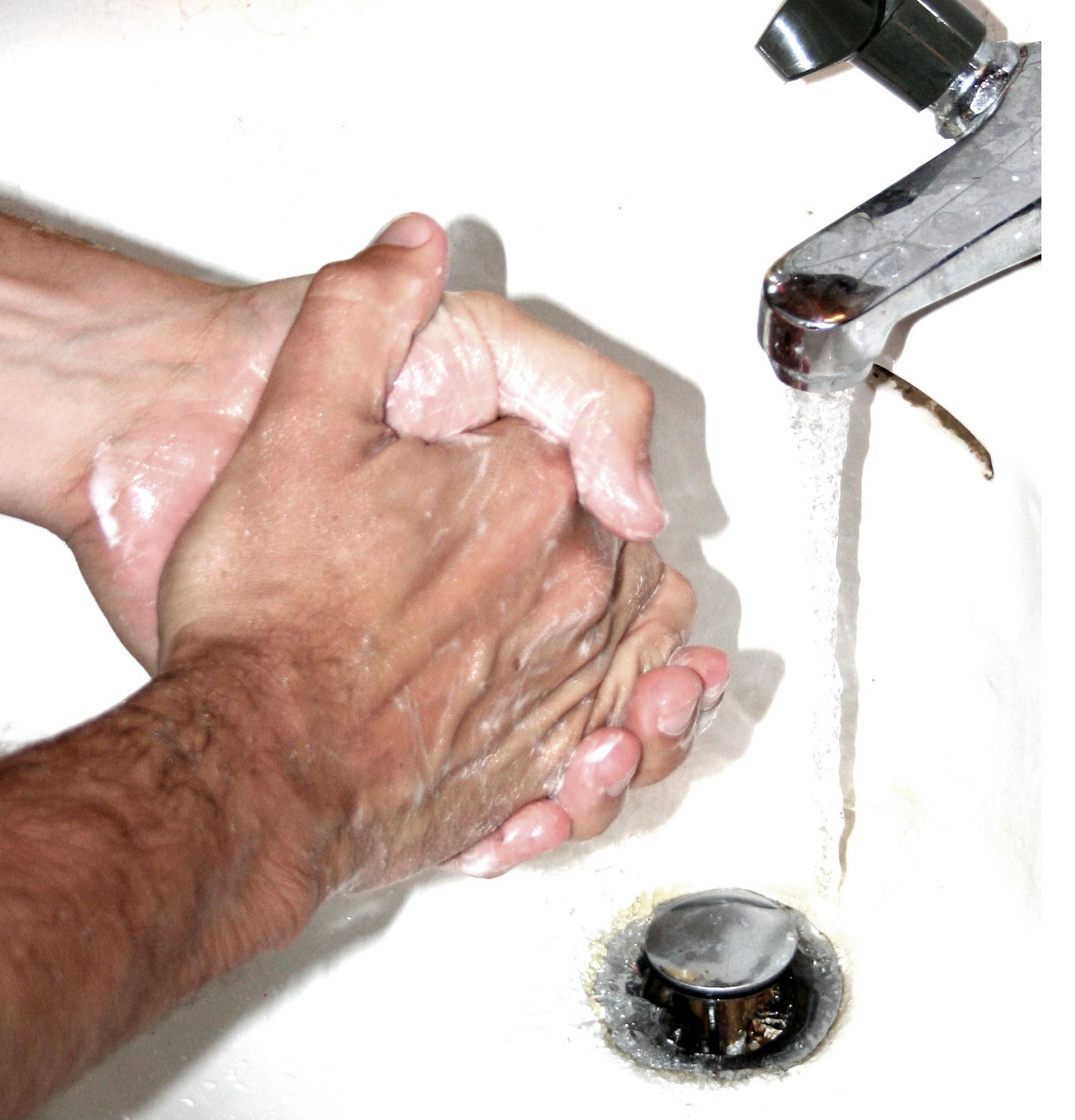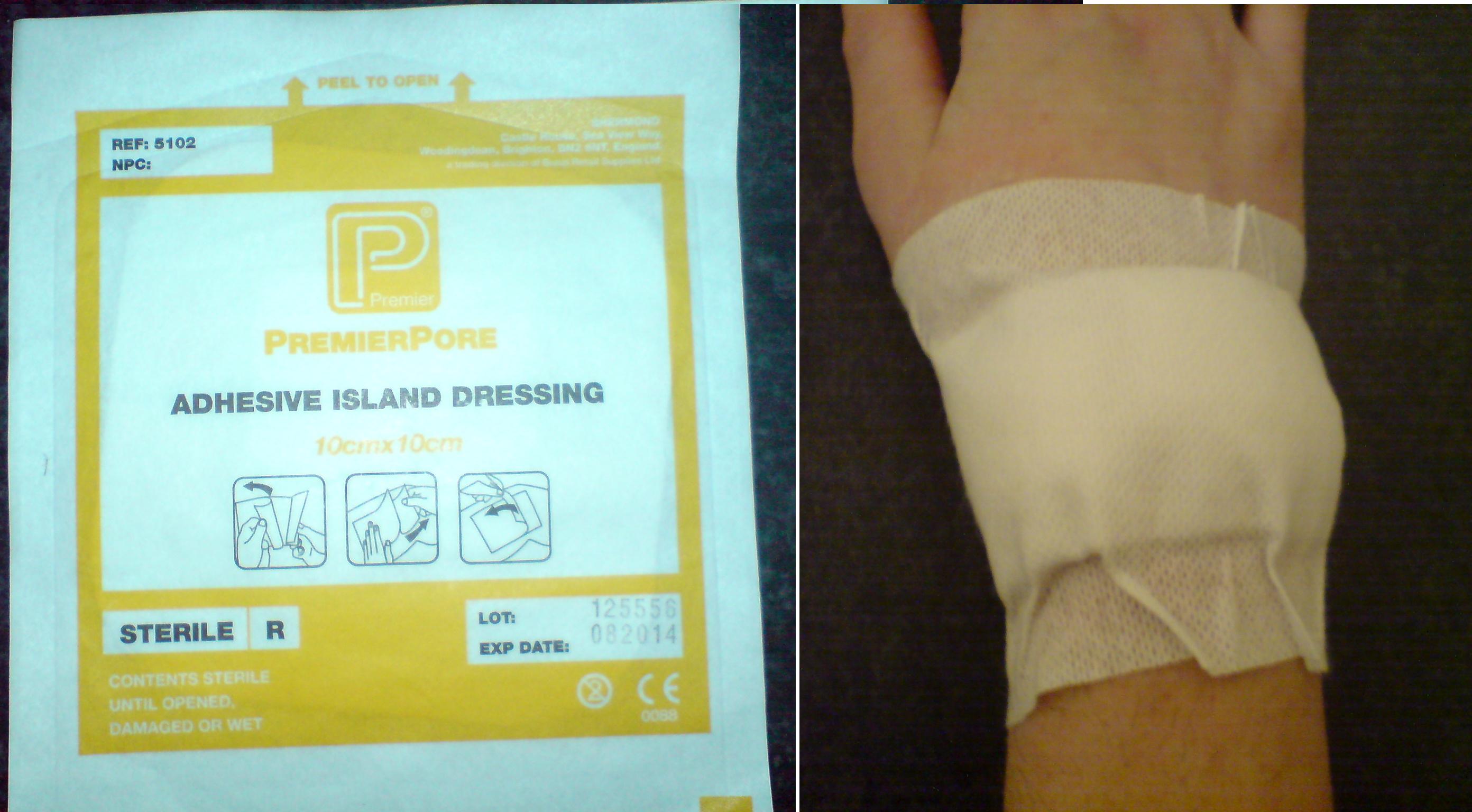|
Morning Care
Morning care is a hygiene routine provided by personal support workers, nursing assistants, nurses, and other workers for patients and residents of care facilities each morning. The care routine typically includes washing the face, combing hair, shaving, putting on cosmetics, toileting, getting dressed, and similar activities. Nurses may also check the patients' temperature, check medical equipment, replenish IV bags, change dressings, or do other daily or semi-daily tasks at this time. Most morning care duties are basic activities of daily living. Different people require different levels of support for morning care, depending on their performance status In medicine (oncology and other fields), performance status is an attempt to quantify cancer patients' general well-being and activities of daily life. This measure is used to determine whether they can receive chemotherapy, whether dose adjustment .... Some people may be able to complete morning care with little or no supp ... [...More Info...] [...Related Items...] OR: [Wikipedia] [Google] [Baidu] |
Hygiene
Hygiene is a series of practices performed to preserve health. According to the World Health Organization (WHO), "Hygiene refers to conditions and practices that help to maintain health and prevent the spread of diseases." Personal hygiene refers to maintaining the body's cleanliness. Hygiene activities can be grouped into the following: home and everyday hygiene, personal hygiene, medical hygiene, sleep hygiene and food hygiene. Home and every day hygiene includes hand washing, respiratory hygiene, food hygiene at home, hygiene in the kitchen, hygiene in the bathroom, laundry hygiene and medical hygiene at home. Many people equate hygiene with 'cleanliness,' but hygiene is a broad term. It includes such personal habit choices as how frequently to take a shower or bath, wash hands, trim fingernails, and wash clothes. It also includes attention to keeping surfaces in the home and workplace clean, including bathroom facilities. Some regular hygiene practices may be considered go ... [...More Info...] [...Related Items...] OR: [Wikipedia] [Google] [Baidu] |
Personal Support Worker
Unlicensed assistive personnel (UAP) are paraprofessionals who assist individuals with physical disabilities, mental impairments, and other health care needs with their activities of daily living (ADLs). UAPs also provide bedside care—including basic nursing procedures—all under the supervision of a registered nurse, licensed practical nurse or other health care professional. UAPs must demonstrate their ability and competence before gaining any expanded responsibilities in a clinical setting. While providing this care, UAPs offer compassion and patience and are part of the patient's healthcare support system. Communication between UAPs and registered nurses (RNs) is key as they are working together in their patients' best interests. The scope of care UAPs are responsible for is delegated by RNs or other clinical licensed professionals. UAPs care for patients in hospitals, residents of nursing facilities, clients in private homes, and others in need of their services due ... [...More Info...] [...Related Items...] OR: [Wikipedia] [Google] [Baidu] |
Nursing Assistants
Unlicensed assistive personnel (UAP) are paraprofessionals who assist individuals with physical disabilities, mental impairments, and other health care needs with their activities of daily living (ADLs). UAPs also provide bedside care—including basic nursing procedures—all under the supervision of a registered nurse, licensed practical nurse or other health care professional. UAPs must demonstrate their ability and competence before gaining any expanded responsibilities in a clinical setting. While providing this care, UAPs offer compassion and patience and are part of the patient's healthcare support system. Communication between UAPs and registered nurses (RNs) is key as they are working together in their patients' best interests. The scope of care UAPs are responsible for is delegated by RNs or other clinical licensed professionals. UAPs care for patients in hospitals, residents of nursing facilities, clients in private homes, and others in need of their services due ... [...More Info...] [...Related Items...] OR: [Wikipedia] [Google] [Baidu] |
Nurse
Nursing is a profession within the health care sector focused on the care of individuals, families, and communities so they may attain, maintain, or recover optimal health and quality of life. Nurses may be differentiated from other health care providers by their approach to patient care, training, and scope of practice. Nurses practice in many specialties with differing levels of prescription authority. Nurses comprise the largest component of most healthcare environments; but there is evidence of international shortages of qualified nurses. Many nurses provide care within the ordering scope of physicians, and this traditional role has shaped the public image of nurses as care providers. Nurse practitioners are nurses with a graduate degree in advanced practice nursing. They are however permitted by most jurisdictions to practice independently in a variety of settings. Since the postwar period, nurse education has undergone a process of diversification towards advance ... [...More Info...] [...Related Items...] OR: [Wikipedia] [Google] [Baidu] |
Care Facility
A nursing home is a facility for the residential care of elderly or disabled people. Nursing homes may also be referred to as skilled nursing facility (SNF) or long-term care facilities. Often, these terms have slightly different meanings to indicate whether the institutions are public or private, and whether they provide mostly assisted living, or nursing care and emergency medical care. Nursing homes are used by people who do not need to be in a hospital, but cannot be cared for at home. The nursing home facility nurses have the responsibilities of caring for the patients' medical needs and also the responsibility of being in charge of other employees, depending on their ranks. Most nursing homes have nursing aides and skilled nurses on hand 24 hours a day. In the United States, while nearly 1 in 10 residents age 75 to 84 stays in a nursing home for five or more years, nearly 3 in 10 residents in that age group stay less than 100 days, the maximum duration covered by Medicare, ... [...More Info...] [...Related Items...] OR: [Wikipedia] [Google] [Baidu] |
Intravenous Therapy
Intravenous therapy (abbreviated as IV therapy) is a medical technique that administers fluids, medications and nutrients directly into a person's vein. The intravenous route of administration is commonly used for rehydration or to provide nutrients for those who cannot, or will not—due to reduced mental states or otherwise—consume food or water by mouth. It may also be used to administer medications or other medical therapy such as blood products or electrolytes to correct electrolyte imbalances. Attempts at providing intravenous therapy have been recorded as early as the 1400s, but the practice did not become widespread until the 1900s after the development of techniques for safe, effective use. The intravenous route is the fastest way to deliver medications and fluid replacement throughout the body as they are introduced directly into the circulatory system and thus quickly distributed. For this reason, the intravenous route of administration is also used for the cons ... [...More Info...] [...Related Items...] OR: [Wikipedia] [Google] [Baidu] |
Dressing (medical)
A dressing is a sterile pad or compress applied to a wound to promote healing and protect the wound from further harm. A dressing is designed to be in direct contact with the wound, as distinguished from a bandage, which is most often used to hold a dressing in place. Many modern dressings are self-adhesive. Medical uses A dressing can have a number of purposes, depending on the type, severity and position of the wound, although all purposes are focused on promoting recovery and protecting from further harm. Key purposes of a dressing are: * Stop bleeding – to help to seal the wound to expedite the clotting process; * Protection from infection – to defend the wound against germs and mechanical damage; * Absorb exudate – to soak up blood, plasma, and other fluids exuded from the wound, containing it/them in one place and preventing maceration; * Ease pain – either by a medicated analgesic effect, compression or simply preventing pain from further trauma; * Debride t ... [...More Info...] [...Related Items...] OR: [Wikipedia] [Google] [Baidu] |
Activities Of Daily Living
Activity may refer to: * Action (philosophy), in general * Human activity: human behavior, in sociology behavior may refer to all basic human actions, economics may study human economic activities and along with cybernetics and psychology may study their modulation * Recreation, or activities of leisure * The Aristotelian concept of energeia, Latinized as ''actus'' * Activity (UML), a major task in Unified Modeling Language * ''Activity'', the rate of catalytic activity, such as enzyme activity ( enzyme assay), in physical chemistry and enzymology * Thermodynamic activity, the effective concentration of a solute for the purposes of mass action * Activity (project management) * Activity, the number of radioactive decays per second * Activity (software engineering) * Activity (soil mechanics) * , an aircraft carrier of the Royal Navy * "Activity", a song by Way Out West from '' Intensify'' * Cultural activities, activities referred to culture. See also * Activity theory, a ... [...More Info...] [...Related Items...] OR: [Wikipedia] [Google] [Baidu] |
Performance Status
In medicine (oncology and other fields), performance status is an attempt to quantify cancer patients' general well-being and activities of daily life. This measure is used to determine whether they can receive chemotherapy, whether dose adjustment is necessary, and as a measure for the required intensity of palliative care. It is also used in oncological randomized controlled trials as a measure of quality of life. Scoring systems There are various scoring systems. The most generally used are the Karnofsky score and the Zubrod score, the latter being used in publications by the WHO. For children, the Lansky score is used. Another common system is the Eastern Cooperative Oncology Group (ECOG) system. Parallel scoring systems include the ''Global Assessment of Functioning'' (GAF) score, which has been incorporated as the fifth ''axis'' of the ''Diagnostic and Statistical Manual'' (DSM) of psychiatry. Karnofsky scoring The Karnofsky Performance Score (KPS) ranking runs from 100 t ... [...More Info...] [...Related Items...] OR: [Wikipedia] [Google] [Baidu] |

.jpg)


